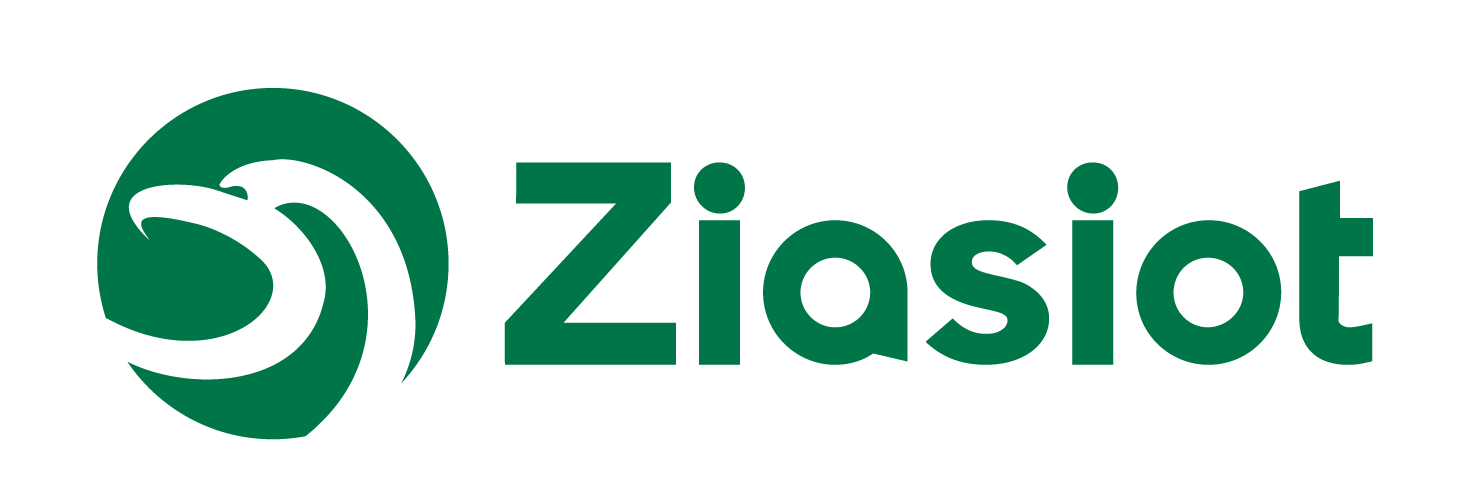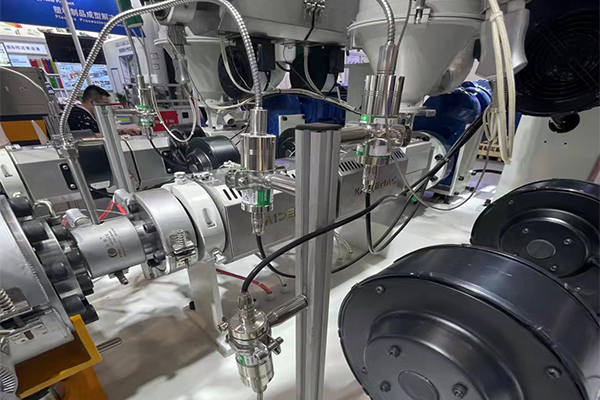Introduction
In the dynamic landscape of modern industries, accurate and dependable level measurement is not just a necessity but a cornerstone for seamless operations. Radar level sensors have emerged as a game-changing solution, playing a crucial role across various sectors. These devices have demonstrated their effectiveness in a variety of settings, including the expansive complexes of petrochemical refineries, the precise settings of food and beverage processing facilities, the extensive water treatment facilities, and the complicated pharmaceutical manufacturing units. With the help of their real-time, extremely accurate data on the liquid or solid levels in tanks, vessels, cement, bins, silos, etc., enterprises may improve safety, streamline operations, and increase overall productivity.

Working Principle: The Core Technology
1. Emitting radar beam
The radar level sensor transmits microwave radar beam to the object through the antenna.
2. Interaction between beam and object
When the radar beam encounters the surface of an object, part of the beam energy will be reflected back. The reflected energy depends on the material, shape and surface characteristics of the object.
3. Detection of reflected wave time
The receiver records the time difference from transmitting the beam to receiving the reflected beam. This time difference is multiplied by the speed of light to obtain the distance between the radar beam and the target object.
4. Calculate the material level
Based on the reflection wave time, the radar level meter calculates the distance to the target object, which is the material level. Through data processing, the distance is converted into the actual material level value.
5. Display output results
Radar level sensors are usually equipped with a display module or communication interface to display or output the level height value for users to read and further process.
Applications Across Industries
1. Industrial production
In the chemical, petroleum, food processing and other industries, radar level sensors are often used to monitor the level of liquids or solids in containers such as storage tanks and tanks, helping to achieve accurate material management and production control.
2. Environmental monitoring
Radar level sensors can be used to monitor water levels in reservoirs and rivers and sludge height in sewage treatment plants, providing data support for environmental monitoring and management.
3. Aerospace
In the fuel systems of aircraft, rockets and other aerospace vehicles, radar level sensors are used to monitor the remaining amount and consumption of fuel in real time. In ground facilities at aerospace bases, it is used to monitor the storage of liquid and solid materials, such as chemicals, lubricants, and aviation kerosene.
4. Marine Engineering
In marine engineering, radar level sensors can be used to measure the loading conditions of cargo in ship cargo holds and the level of liquid storage equipment on offshore platforms.
5. Urban construction
Radar level sensors can be used to monitor the level of liquid or solid materials in municipal facilities, such as trash cans, water tanks, etc., which helps urban management and maintenance.

Advantages Of Radar Level Sensors
1- High Precision: With measurement accuracies often reaching millimeter or sub-millimeter levels, they provide reliable data for critical operations.
2- Non-Contact Measurement: Minimizes the risk of contamination, especially in industries like food, pharmaceuticals, and high-purity chemical production.
3- Robustness: Built to endure harsh environments, from extreme temperatures in deserts to corrosive atmospheres in industrial zones.
4- Long Range: Can cover significant distances, making them suitable for large storage tanks and deep reservoirs.
5- Easy Installation and Maintenance: Many models come with user-friendly installation kits and require minimal maintenance, reducing downtime.
Ziasiot radar level sensors use frequency-modulated continuous wave (FMCW) technology. The antenna transmits a high-frequency frequency-modulated radar signal, and the frequency of the radar signal increases linearly. The transmitted radar signal is reflected by the measured medium and received by the same antenna. At the same time, the frequency difference between the transmitted signal frequency and the received signal frequency is proportional to the measured distance. The collected frequency difference signal is subjected to fast Fourier transform (FFT) to obtain the spectrum of the reflected echo, and the distance of the target to be measured is calculated based on this.

80 GHz Radar Level Sensors
For Cement Silo Bin Powerders Solid Liquids tank, etc level measurement







